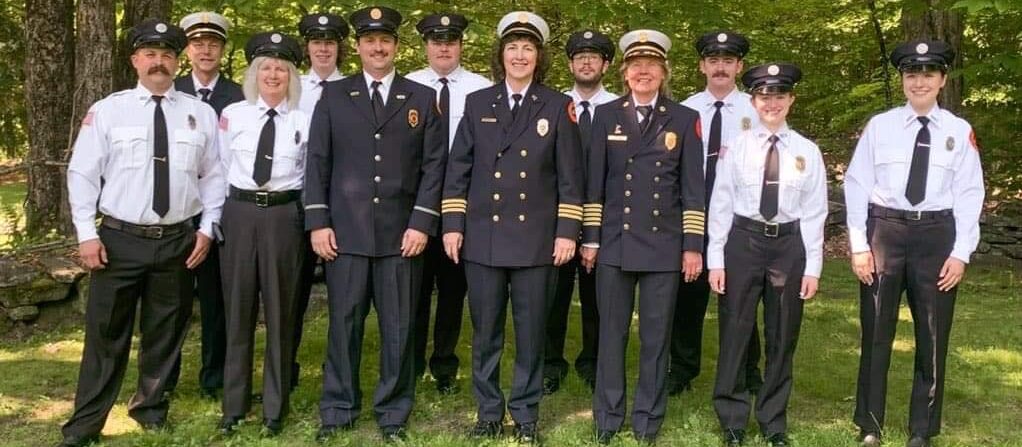When it comes to battling hazardous materials emergencies, it's better for area cities and towns to stand together than to fall separately, a consulting firm says.
Source: Union-News (Springfield, MA)
Author: PATRICK JOHNSON
NORTHAMPTON, MA – A consulting firm hired to review the county’s abilities to cope with large-scale emergencies recommended last night the individual communities would be better served by pooling their resources.
David Palmer of Emergency Response Planning & Management of Princeton, N.J., told representatives of 10 Hampshire County communities that when hazardous material accidents occur, they can often involve several localities.
“Chemicals do not respect town lines,” he said.
In a meeting at the county courthouse, Palmer presented the firm’s final report that proposed three alternatives for forming regional committees as a safeguard against either natural or man made emergencies.
No decision was made by press time as to which of the three was most suitable.
Representatives from half of the 20 Hampshire County communities attended. Present were officials from Northampton, Amherst, Hadley, South Hadley, Belchertown, Easthampton, Cummington, Goshen, Chesterfield and Granby.
Each community in Massachusetts is required to have a local emergency planning committee (LEPC), as part of the Emergency Planning and Community Right to Know Act of 1986.
The committees are supposed to develop an emergency response plan, to identify what hazardous materials are present in the community, file paperwork with the state and to make an annual report to the public.
But because of the time and resources required, many communities have either never formed such committees or have allowed them to fade away from lack of interest, he said.
“On paper, there are 351 LEPC’s in Massachusetts,” he said.
A survey conducted as part of the study showed that 5 of the 20 communities in Hampshire county have active emergency planning committees. It did not name which ones.
The state Emergency Responses Committee is beginning to favor regional collaborations.
The study was commissioned by the County Commissioners and the Hampshire County Fire Defense Association after receiving a grant from the state Emergency Responses Committee.
The Hampshire County regional committee, in whatever form, would be the first in the state, putting it in prime position to request additional state funding, Palmer said,
The report recommended the formation of one single planning committee comprised of all the towns in the county.
“A lot of communities find it difficult to operate a LEPC,” Palmer said. The most effective solution is to form a single regional committee, he said.
“In my mind, from what I learned (during the review) it would be a really great solution.”
A second alternative would be for two separate regions, one on each side of the Connecticut River. One advantage to this would be the elimination any inconvenience and delays the river would cause for pooling resources in an emergency.
Another option would be to divide the county into thirds, with an eastern, middle and western regional committees. This would allow communities of common interests and make ups to work together.
